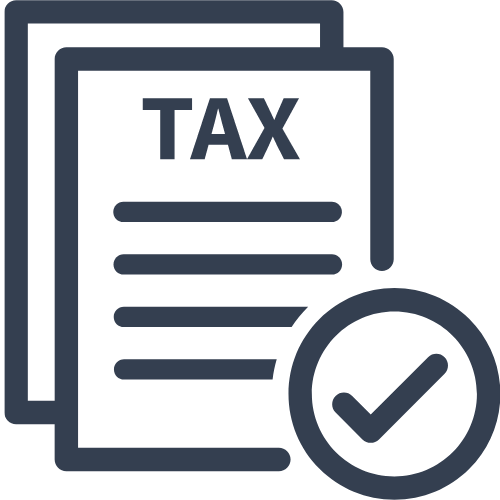SMSF Loans
Building a property portfolio through your self-managed super fund (SMSF) can be a great strategy to enhance your retirement savings.
SMSF Lending
Understanding how SMSF loans work, their benefits, and the options for refinancing can help you make informed decisions. Let us walk you through the key points you need to know for your SMSF loan, including an FAQ section covering our most asked questions.

What is a Self-Managed Super Fund (SMSF)?
A self-managed super fund (SMSF) is a private superannuation fund that individuals manage themselves, rather than relying on a retail or industry super fund.
An SMSF can have up to six members, all of which are trustees responsible for managing the fund’s investments and ensuring compliance with superannuation and tax laws. This type of fund allows for a tailored investment strategy, providing more control over your retirement savings.
How SMSF Loans Work?
SMSF loans, also known as limited recourse borrowing arrangements (LRBAs), enable an SMSF to borrow money to purchase a property asset.
The key feature of an SMSF loan is that the lender’s recourse is limited to the asset purchased with the loan, protecting other assets within the SMSF. The property is held in a separate trust – known as a Bare Trust – until the loan is fully repaid, ensuring compliance with regulatory requirements.

Benefits of SMSF Loans for Building a Property Portfolio

Control and Flexibility
SMSF members can choose specific properties to invest in, tailoring their portfolio to their preferences and risk tolerance.

Diversification
Investing in property through an SMSF allows for diversification of the investment portfolio, which can mitigate risks and enhance returns.

Potential for Higher Returns
Property investment can potentially yield higher returns compared to traditional superannuation investments, like shares and bonds.

Tax Advantages
SMSFs can take advantage of favourable tax treatment on rental income and capital gains, especially in retirement phase where the tax rate on earnings can be as low as 0%.

Long-term Investment
Property is generally considered a long-term investment, which aligns well with the long-term nature of superannuation savings.
FAQs for SMSF Loans in Australia
A self-managed super fund (SMSF) is a private superannuation fund managed by its members. It offers greater control over investments compared to retail or industry super funds and can have up to six members who are also the trustees.
Starting an SMSF involves assessing suitability, appointing trustees, creating a trust and trust deed, registering with the ATO, setting up a bank account, developing an investment strategy, and rolling over existing super savings into the SMSF.
We recommend you seek professional advice for guidance in setting up an SMSF.
An SMSF operates by allowing members to contribute to their superannuation and manage the fund’s investments. Trustees are responsible for ensuring compliance with superannuation and tax laws.
Disadvantages include initial and ongoing costs, complexity and regulatory compliance, time and effort required for management, and investment risks.
It’s generally recommended to have at least $200,000 in superannuation savings to make an SMSF cost-effective due to the costs involved in running the fund.
SMSFs can borrow money under limited recourse borrowing arrangements (LRBAs) to acquire property. The lender’s recourse is limited to the asset purchased, and the property must be held in a separate trust.
SMSFs can be beneficial for individuals with substantial super savings, investment knowledge, and the time to manage the fund. They offer greater control over investments but come with increased responsibility and risk.
Generally, you cannot buy a car for personal use with an SMSF. Investments must meet the sole purpose test, providing retirement benefits.
Key parties involved in SMSF borrowing include the SMSF trustees, lenders, and a bare trust holding the asset on behalf of the SMSF.
SMSF loans are typically used to purchase property, either residential or commercial, as part of the fund’s investment strategy.
SMSF borrowing is subject to several rules, including the use of limited recourse borrowing arrangements, the need to acquire assets that the SMSF can legally hold, and holding the asset in a separate trust until the loan is repaid.
Self-managed super fund in Australia
Unlock your SMSF's potential with expert loan solutions from Dark Horse Financial. Access the best SMSF Lenders and rates to help build your retirement portfolio.
Disclaimer: The information on this page is not financial or personal advice and should not be relied upon for any purpose.

